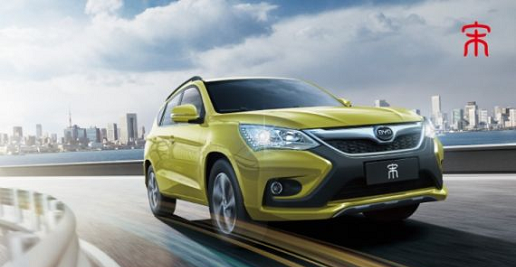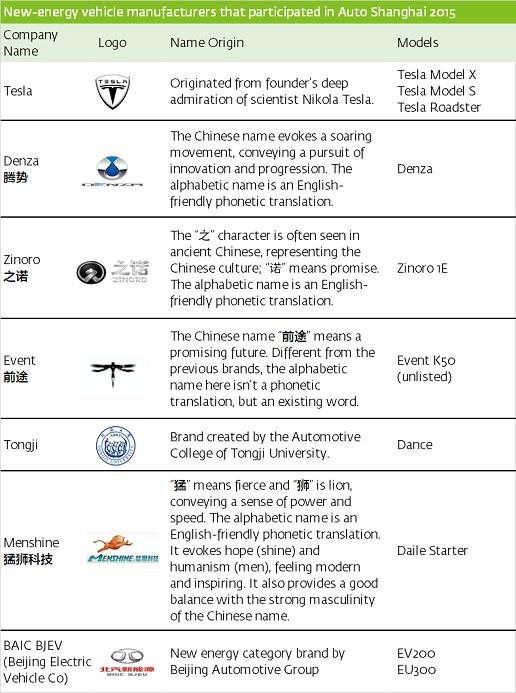

New-energy vehicle (NEV) is no not a new term for Chinese consumers. The Tesla fever has been burning for a few years. The government has also implemented a subsidy policy that rewards NEV buyers with free Shanghai licenses, pushing the popularity of this concept to a new high. Auto Shanghai 2015 naturally became a showroom for new-energy vehicles and caught the attention of many visitors. Explore the Naming Strategy behind these innovative vehicles and their brands.
The name of a car is like its second ‘face’. For the new-energy vehicle industry, being an emerging market, the industry as a whole and its manufacturers should all be seen as innovators. In this context, every brand is trying their very best to create the most ‘innovative’ and ‘groundbreaking’ name. Today, we delve into the naming strategies of NEV companies and models. What sets them apart, and how do they connect with the concept of new energy?

Compared to the names of traditional automotive brands such as BMW (宝马, precious horse), Volkswagen (大众, public/ people) or Roewe (荣威, honor and power), most of the NEV companies have a much more ‘refreshing’ names. Here are some of their differentiating naming strategy:
A Labbrand Group Company © 2005-2024 Labbrand All rights reserved
沪ICP备17001253号-3* Will be used in accordance with our Privacy Policy
To improve your experience, we use cookies to provide social media features, offer you content that targets your particular interests, and analyse the performance of our advertising campaigns. By clicking on “Accept” you consent to all cookies. You also have the option to click “Reject” to limit the use of certain types of cookies. Please be aware that rejecting cookies may affect your website browsing experience and limit the use of some personalised features.